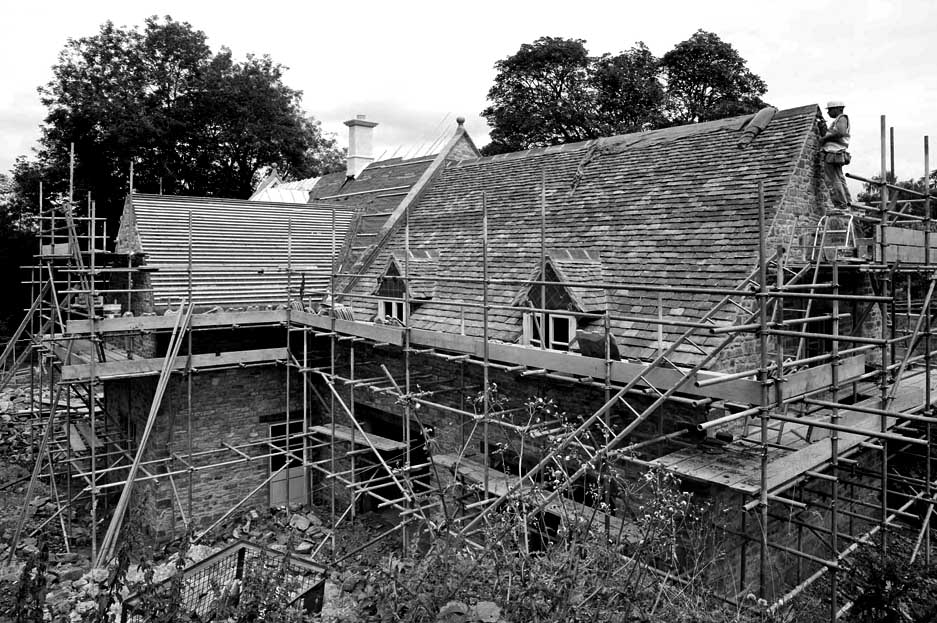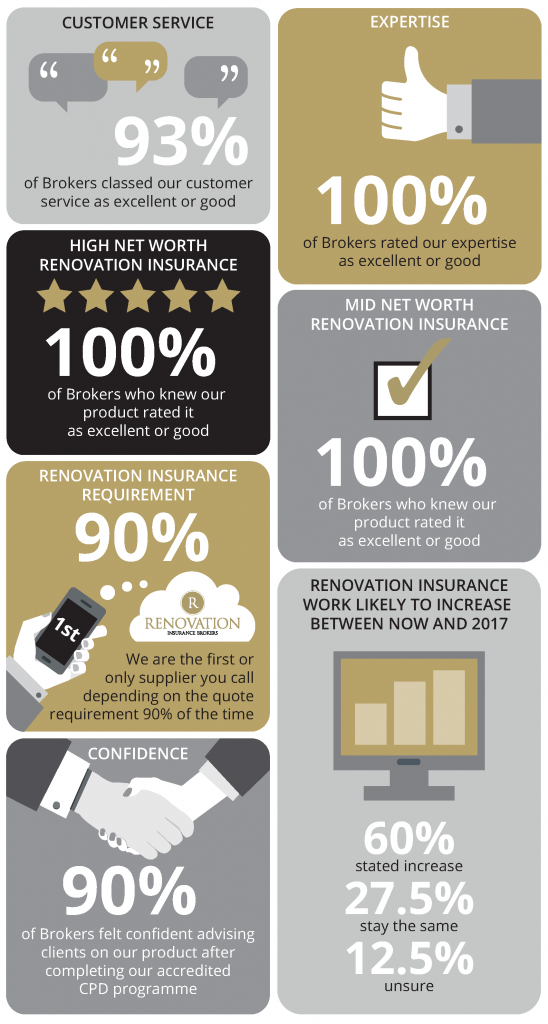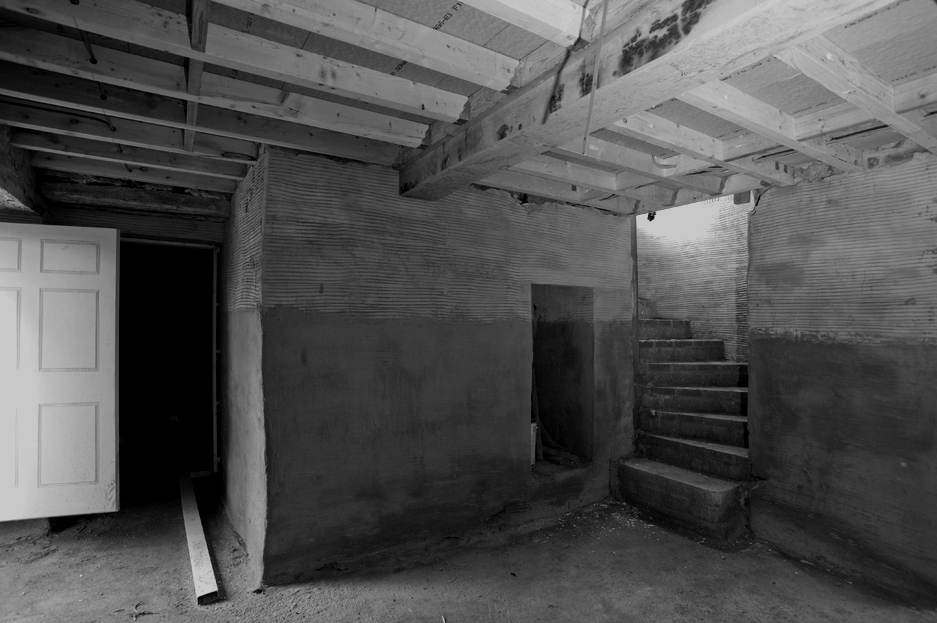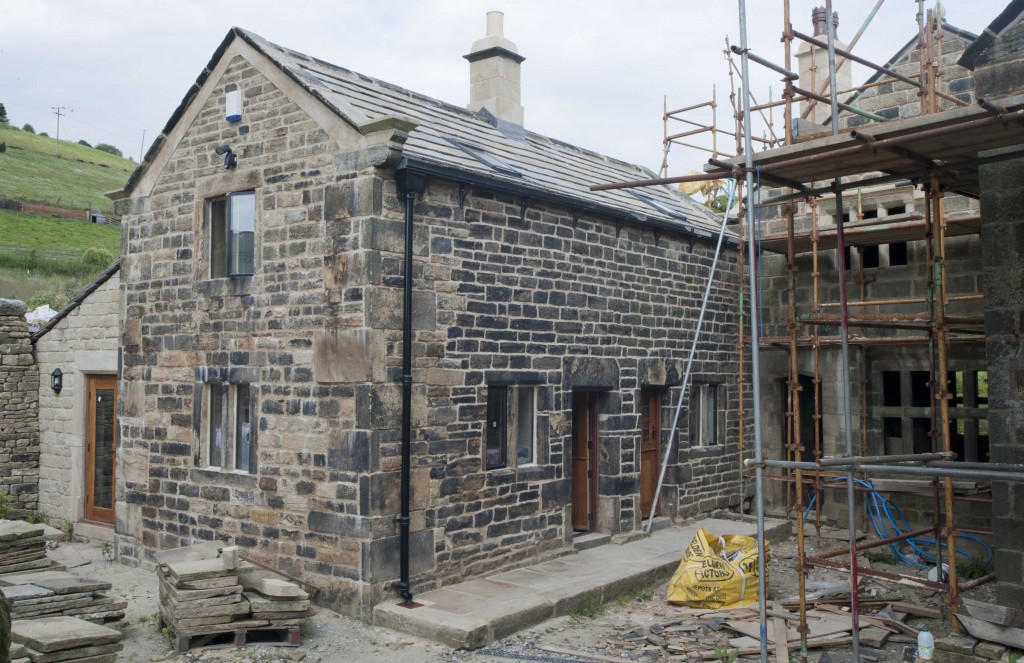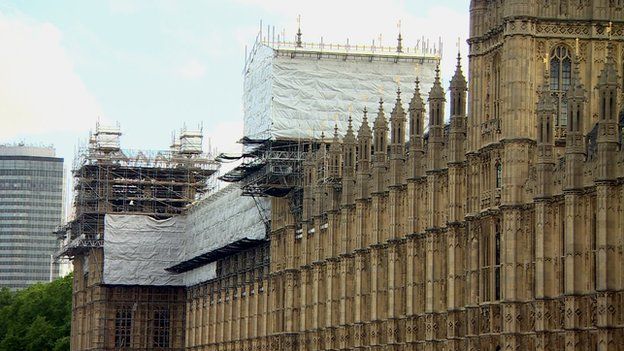
It’s important to understand why customers buy insurance and why they choose a broker to buy it from.
The former is pretty clear for two reasons:
- The subject of the insurance is something they cannot afford to lose.
- They don’t know what’s going to happen in the immediate future.
So we solve the problems of adverse risk and unpredictability by providing them with insurance, in this instance for their home undergoing renovation. But why do they choose a broker to buy it from? On the face of it everyone seems to have forgotten the answer to this question and it has nothing to do with price.
- The customer doesn’t understand what insurance is needed because it’s not just house insurance.
- The customer doesn’t know where to get this type of insurance.
- Nobody in a call centre understands it either.
So the client comes to you, usually late on in the pre-project period and makes an enquiry for JCT compliant insurance what should you do? Are there any steps you can take to make the sales process smoother and less painful for you both? Yes there are.
Try the following:
- Be direct and say that the insurance required is non-standard and only provided by a few underwriters, because most insurers decline.
- Make it clear that the reason for this is because of the claims record of property undergoing works. Very large infrequent losses which are difficult to predict.
- Insurance companies like predictability in risk and this just doesn’t fit with their appetite.
- Reassure them that you will be able to arrange something in time.
- Use the quick quote calculator to provide an range of premium.
- If they are unpleasantly surprised make it clear that their home is becoming a building site and doesn’t represent a home any more.
- Say that the cost will be offset against the buildings insurance they would have had to pay, it’s not in addition to it.
- The cover includes their works and property owner’s liability which is important when riskier things are happening on the site.
- The JCT places an obligation upon them to insure and it’s better to stay in control of their largest single asset.
- The product that you are proposing to them is the closest thing to a good quality HNW home insurance.
These simple tactics give you time to win them over and help them understand what the implications of insuring badly are. They also give you the opportunity to show your expertise and prove your worth to them.
At that point you are a respected and trusted advisor who can help them solve a very specific problem, you are providing value for money, which is what professional brokers do!







